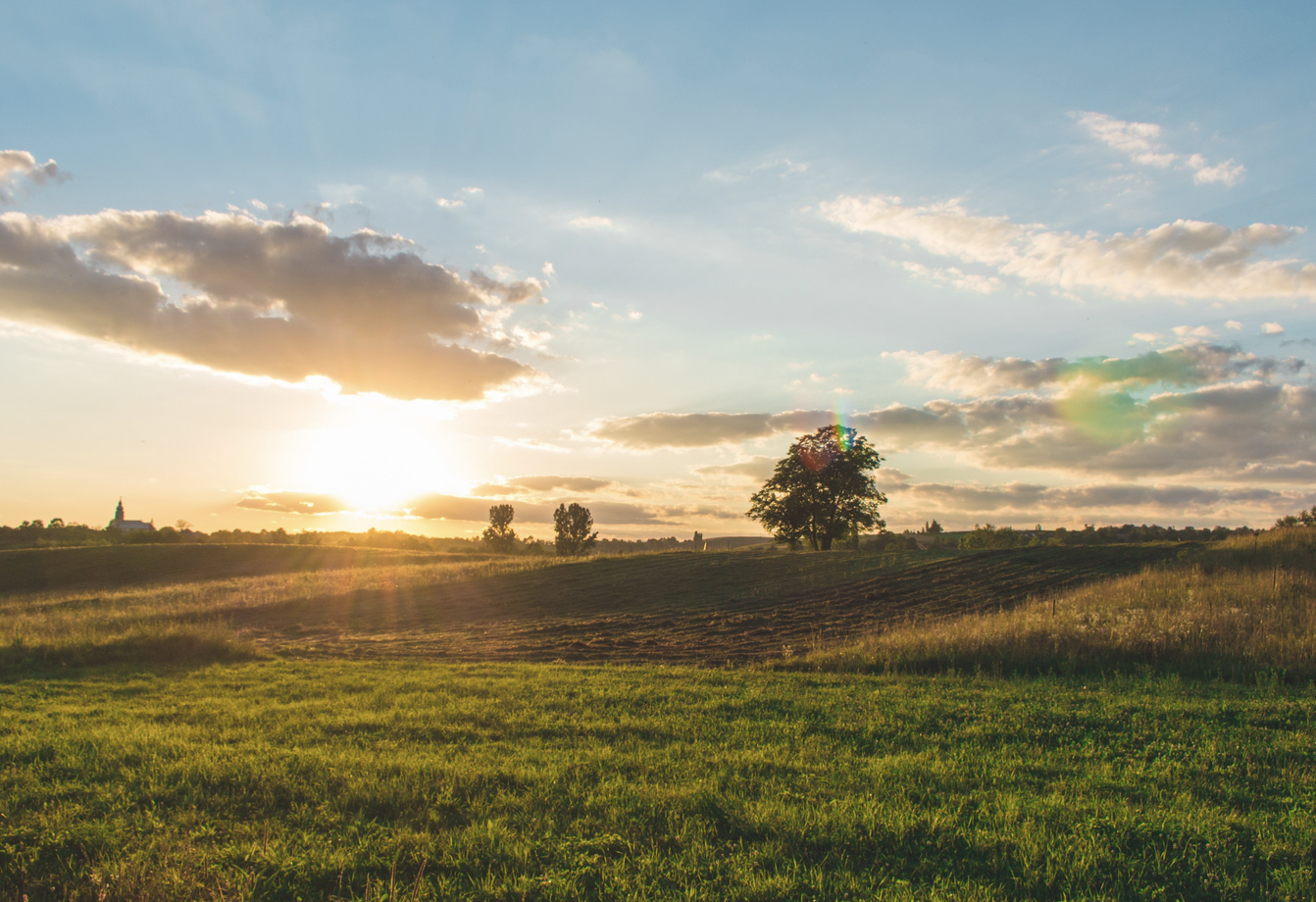There are many people who want to establish an horticultural business but do not have access to land and to capital. Please can we talk about how we might recreate a once thriving industry to bring resilience to our food system. Imports are not the answer nor is the never ending control that the supermarkets have over the price of our produce. Uk produce does not have to be expensive we just need to realign margin to ensure that the farmer is properly paid.

Once upon a time the UK had a clever, innovative thriving horticultural industry. Sales were local and to markets and shop in towns across the UK. We have lost this industry and all that is left are massive businesses on thousands of acres supplying supermarkets and very small scale growers.
Recommended Content
Content below is from across the PEP community and is not necessarily endorsed by Stewards or by PEP
Connected Content
The major commodity crops in the UK are wheat, barley, oilseed rape, field beans, sugar beet and potatoes, but around half of agricultural land grows grass.
This topic refers to the whole food supply chain, from farm fork, and all the products and services that contribute to food production.
Policy plays a critical role in shaping the agriculture industry in the UK and Europe. Government policies can have a major impact on the way that farmers operate, the crops they grow, and the prices they receive for their products. Policy has a major effect on how land is managed and environmental outcomes.
Antobot is an award-winning start-up providing affordable robotics for sustainable agriculture. Combining cutting-edge hardware and software with a world-first embedded AI and controls system for agri-robots, we make fully digitised precision farming available for all.
This Topic doesn't yet have a Stewarded summary, but connected groups, content and organisations show below. Click the 'Ask to Join' button if you would like to be a Steward for this Topic and provide a summary of current knowledge and recommend useful resources, organisations, networks and projects. "Like" this Topic if you would like to see it prioritised for providing a wikipedia style summary.

